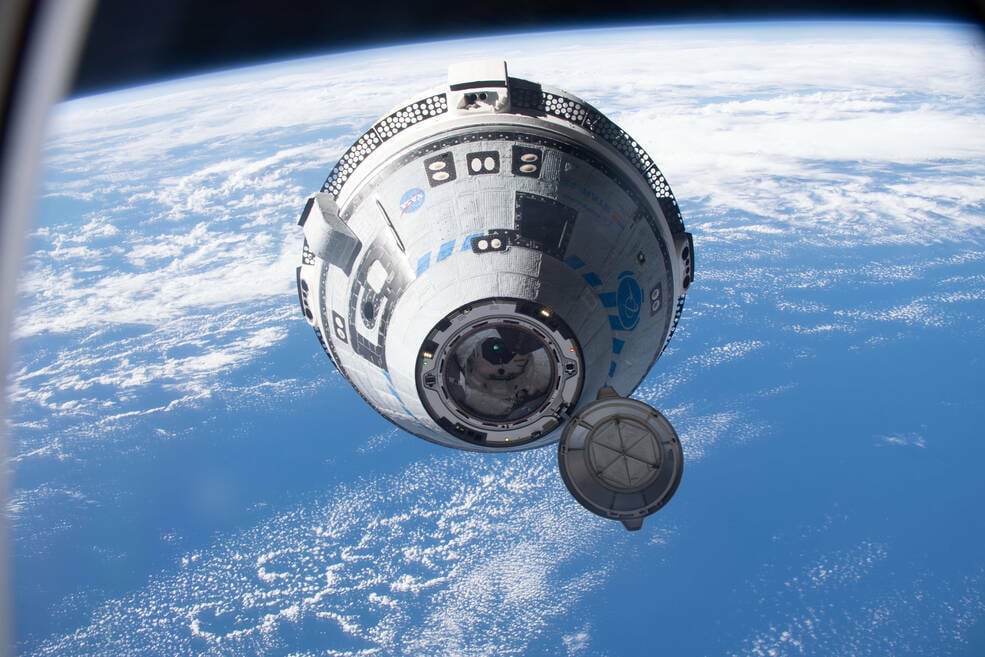
Boeing's Starliner spacecraft, which launched to the International Space Station (ISS) on June 5 with NASA astronauts Suni Williams and Barry Wilmore aboard, has experienced several issues that have delayed their return. The capsule encountered thruster failures during its approach to the ISS and also experienced helium leaks in its propulsion system.
Engineers from NASA and Boeing are currently running tests on the ground to determine the root cause of these issues and ensure the safety of flying Williams and Wilmore home. The astronauts, who have been in space for about 50 days, have had their stay extended indefinitely.
During their time on the ISS, Williams has worked on studies related to manufacturing optical fibers in microgravity and using fluid physics to grow plants in space. Wilmore has serviced freezers and refilled coolant loops.
The astronauts had a scare when a satellite broke apart near the space station, requiring them to prepare for evacuation but ultimately passing without incident.
NASA Commercial Crew Program Manager Steve Stich said that engineers are making progress in their investigation and hope to have more information soon. "We're making great progress, but we're just not quite ready to do that," he said of a potential return mission.
Boeing Vice President and Program Manager Mark Nappi expressed regret about the extended stay, saying 'we kept saying eight-day minimum mission,' but acknowledged that they knew it would likely go longer than that. "We all knew it was going to go longer than that,' he said.
NASA and Boeing are considering a backup plan using SpaceX's Dragon capsule to bring the astronauts home if necessary.






